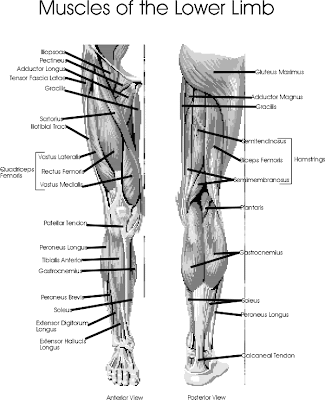A progressive degenerative disease of the brain that causes impairment of memory and dementia manifested by confusion, visual-spatial disorientation, inability to calculate, and deterioration of judgment; delusions and hallucinations may occur. The most common degenerative brain disorder, Alzheimer disease makes up 70% of all cases of dementia. Onset is usually in late middle life, and death typically ensues in 5–10 years. Syn: primary neuronal degeneration, Alzheimer dementia, presenile dementia(2), primary senile dementia.
Alzheimer disease (AD) ranks 4th as a cause of death in the U.S., and its annual cost to the nation is nearly $100 billion. Onset is typically insidious, with a progressive deterioration in the ability to learn and retain information. In recalling and repeating new material, the patient makes intrusion errors (insertion of irrelevant words or ideas) and resorts to confabulation. Orientation and judgment decline; 50% of patients experience depression, 20% delusions. Agitation occurs in 70%. Numerous drugs, including many not considered psychoactive, can aggravate the symptoms of AD; clinical depression can mask dementia, and vice versa. Behavioral disturbances are the major indications for the use of psychotropic drugs and physical restraints, and substantially influence the quality of life of demented elderly patients. Neurologic findings may be essentially normal, but myoclonus, bradykinesia, rigidity, and seizures can occur late in the disease. Death is usually due to sepsis associated with urinary or pulmonary infection. Atrophy of the cerebral cortex, with consequent enlargement of sulci and ventricles, may be grossly evident on imaging studies. Histologically the cortex, hippocampus, and amygdala show atrophy of neurons, with cytoplasmic vacuoles and argentophilic granules; distortion of intracellular neurofibrils (neurofibrillary tangles) due to excessive phosphorylation of microtubular tau proteins; and plaques composed of granular or filamentous argentophilic masses with a core of the 42-aminoacid form of *-amyloid (A*42). The concentration of tau protein in the cerebrospinal fluid is increased while that of A*42 is decreased. Lewy bodies (eosinophilic inclusions in the cytoplasm of CNS neurons, believed to be products of altered neurofilament metabolism and recognized as a hallmark of idiopathic parkinsonism) occur in cortical neurons of some persons with dementia, including AD. Dementia associated with Lewy bodies tends to appear before age 60, to progress rapidly, and to display parkinsonian features (tremor, rigidity). Nearly all persons with Down syndrome who live past the age of 40 develop cognitive decline associated with histologic findings typical of AD. Advancing age and a history of head injury are also risk factors for AD. Although most cases are sporadic, about 10% of patients have a family history of AD. Familial disease, which is often characterized by early onset and rapid course, has been traced to mutations of several genes. At least half of all patients with early-onset familial AD show mutations in the presenilin-1 gene on chromosome 14. Mutations in the presenilin-2 gene on chromosome 1 or the amyloid precursor protein gene on chromosome 21 have been found in smaller kindreds with familial disease. Late-onset familial disease has been traced to mutations in an apolipoprotein E (APOE) locus on chromosome 19. All of these mutations are associated with increased production of A*42. It has been suggested that incorporation of presenilin proteins into neurons programs them for death through apoptosis. Cognitive decline in AD has been attributed in part to a deficiency of the neurotransmitter acetylcholine, and therapy with reversible cholinesterase inhibitors (donezepil, galanthamine, metrifonate, tacrine) has improved cognition and slowed progression of dementia in some patients. Numerous other agents (including nicotine, ginkgo extract, vitamin E, selegiline, ergoloid mesylates, and ibuprofen) have shown slight efficacy in some studies. Experimental evidence suggests that administration of estrogen to postmenopausal women retards onset and progression of nonfamilial AD.



Comments
Post a Comment